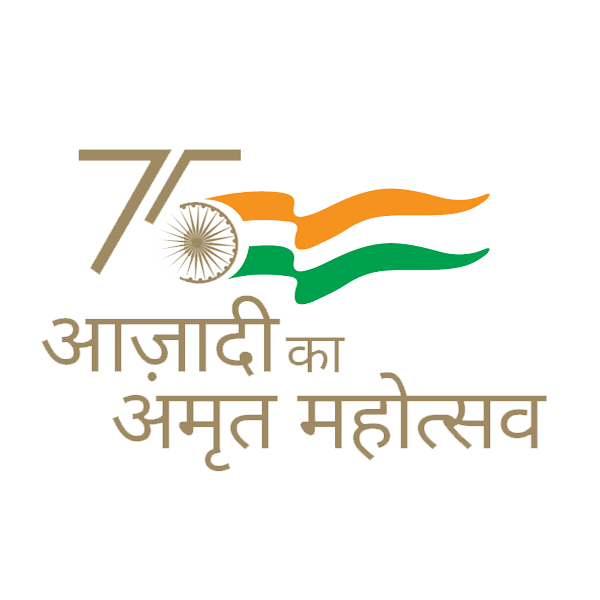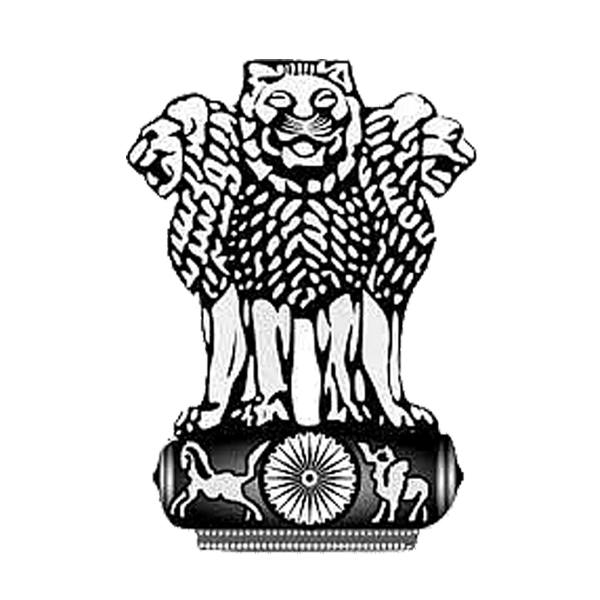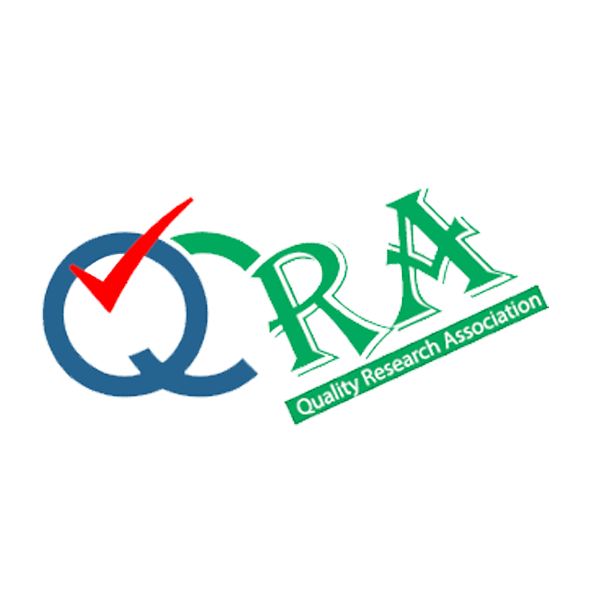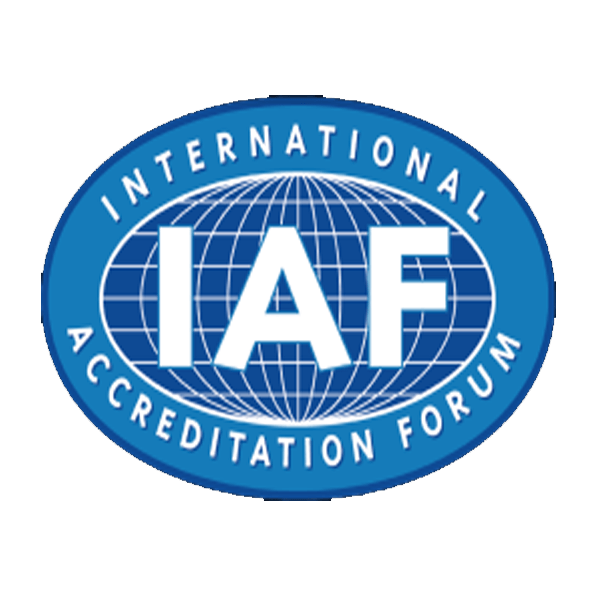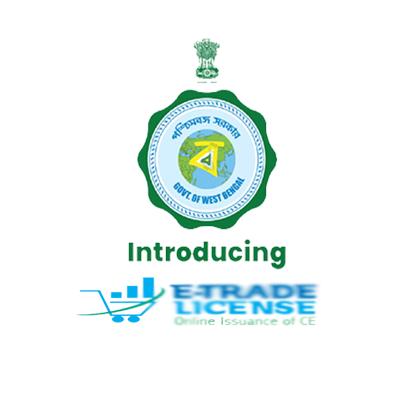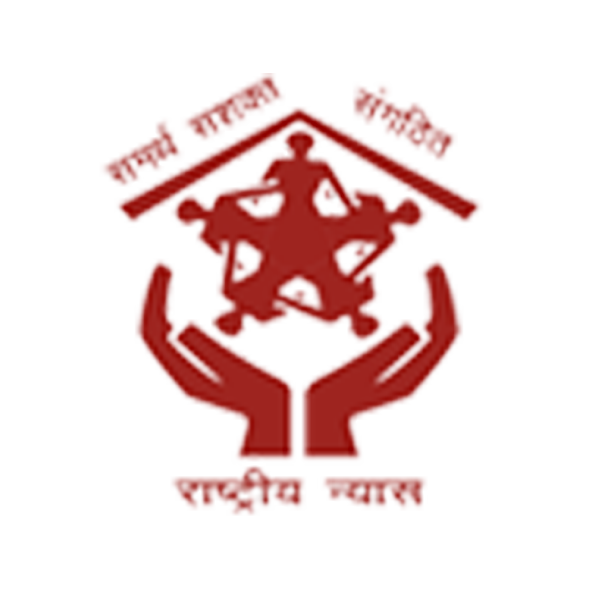🎨 Traditional Art Education in India – Preserving Culture, Empowering Generations
Traditional art education in India is more than just skill development—it is the heartbeat of our cultural identity. India has a long and vibrant history of artistic expression through classical music, folk dance, visual arts, sculpture, painting, and handicrafts. These art forms, passed down through generations, have shaped communities, inspired storytelling, and preserved spiritual and historical narratives.
For centuries, Indian art forms were taught through personalized, oral, and practical learning methods where students learned directly under experienced mentors. While these informal systems are still respected, the modern world demands a more structured, accessible, and certified form of cultural education. That’s where Cultural Education Boards like Sursangam Kala Kendra play a vital role.
🌟 The Modern Revival of Traditional Art Education
Today, traditional art education in India is being reimagined with structured curricula, national-level certifications, and modern learning methods. Institutions like Sursangam Kala Kendra, a government-recognized cultural board, have taken the lead in offering formal education and assessments in Indian classical dance, vocal and instrumental music, visual arts, and handicrafts.
Through their cultural training programs, boards like these ensure that students from both urban and rural areas have access to authentic and meaningful cultural education. What makes this even more impactful is the focus on merit-based certification—students are awarded quality certificates and marksheets after national-level exams, which are widely accepted and respected.
🏆 Cultural Empowerment Through Certification
In today’s educational ecosystem, having a recognized cultural certificate helps students pursue higher studies, apply for scholarships, or even build careers in performing arts and fine arts. Institutions like Sursangam Kala Kendra offer structured cultural education in India, helping preserve the integrity of traditional art while preparing students for professional opportunities.
These boards are often empanelled with NITI Aayog, approved by the Ministry of Handicrafts, and registered under MSME, adding credibility to their certification. Their efforts are crucial in ensuring that traditional Indian art forms are not lost but instead evolve with time while retaining their authenticity.
🌱 Reviving Culture Among Rural and Underprivileged Talents
One of the strongest pillars of traditional art education in India today is inclusivity. Cultural boards like Sursangam Kala Kendra actively work to bring education to rural and underprivileged communities. By conducting talent search examinations and partnering with cultural NGOs, they identify hidden talents and give them national recognition, mentorship, and certified growth pathways.



